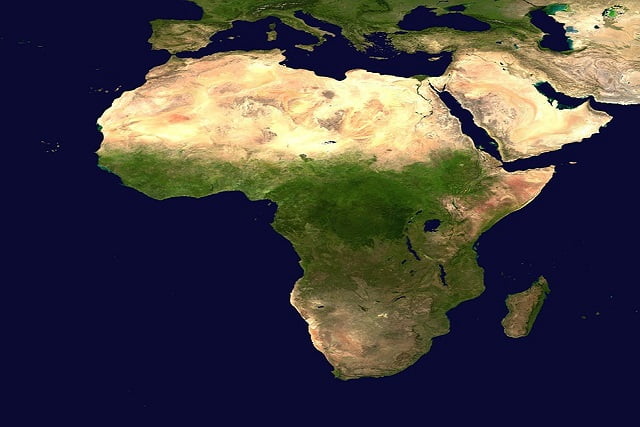Geographic Information System (GIS) Application
What is GIS (Geographic Information System): GIS stands for Geographic Information System. It is a technology that combines geographical data (information related to locations on the Earth’s surface) with various attributes (characteristics or information about those locations) to create, manage, analyze, and visualize spatial information. GIS allows users to understand patterns, relationships, and trends in […]
Geographic Information System (GIS) Application Read More »

